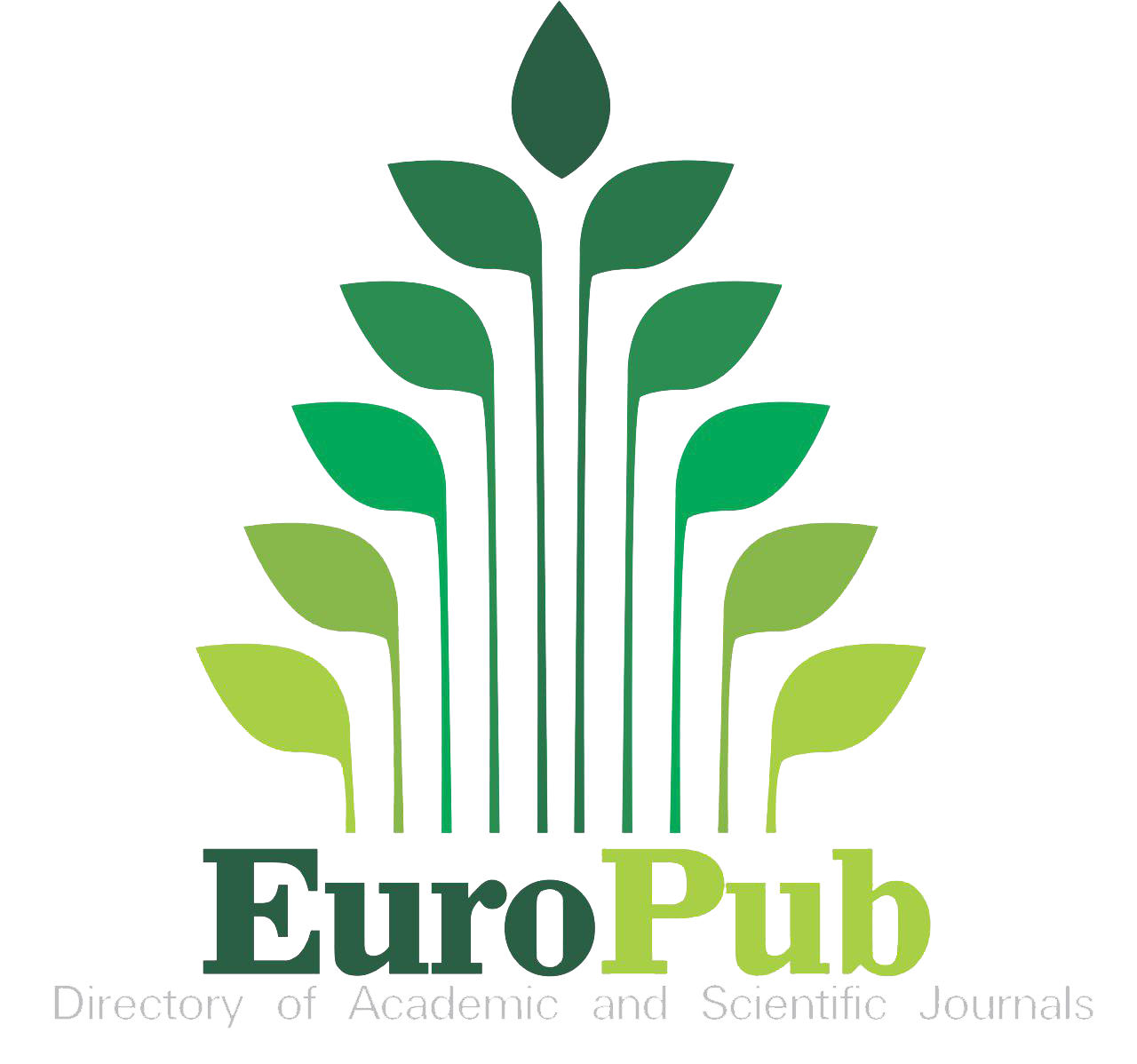From Mariana to Brumadinho
the case of Vale S.A. from the viewpoint of IAS 1
DOI:
https://doi.org/10.16930/2237-766220223317Keywords:
IAS 1, IS, IASB, ValeAbstract
Vale S.A. is a Brazilian company that is among the largest global players in the mining sector. Its activities operate in 20 countries and include, in addition to mining, energy, logistics and steel industry. However, despite Vale being a world reference company, the rupture of the Mariana dams in 2015 and Brumadinho in 2019, both in Minas Gerais, brought great expectations from investors and creditors regarding the disclosure and due recognition of these events in the financial statements (FS) of the company. Therefore, the objective of this teaching case is to propose a practical application of CPC 26 (R1)/IAS 1 (Presentation of Financial Statements), addressing Vale's financial statements. Additionally, as a specific objective, the draft of a new standard (known as IFRS 18) is explored, which is being discussed by the International Accounting Standards Board (IASB) to replace IAS 1. To this end, the present teaching case invites students from undergraduate and graduate programs to help four analysts who work at “PG Investimentos”, a fictitious consulting and brokerage firm. Among their tasks, the students must examine the income statement for the year (IS), the explanatory note on costs and expenses by nature and some notes about Vale, considering the period 2015 to 2020, based on the concepts provided by CPC 26 (R1)/IAS 1. The teaching case is expected to assist students in learning CPC 26 (R1)/IAS 1, through this didactic familiarization to prepare them for the future normative transition in academic and professional environment.
References
Braunbeck, G. O. & Luccas, R. G. (2020). A nova demonstração do resultado e a comparabilidade transnacional das demonstrações financeiras em IFRS: um idioma financeiro comum ou uma torre de babel? Revista Fipecafi de Contabilidade, Controladoria e Finanças, v.1, n. 2.
Clinch, G., Tarca, A. & Wee, M. (2018). The value relevance of IFRS earnings totals and subtotals and non-GAAP performance measures. Working paper, University of Melbourne. Recuperado em 19 de novembro, 2021 de https://www.researchgate.net/publication/325554995_The_Value_Relevance_of_IFRS_Earnings_Totals_and_Subtotals_and_Non-GAAP_Performance_Measures DOI: https://doi.org/10.2139/ssrn.3178567
Comitê de Pronunciamento técnico – CPC (2019). Pronunciamento Técnico CPC 00 (R2) Estrutura Conceitual para Relatório Financeiro. Brasília, 10 de dezembro de 2019. Recuperado em 25 agosto, 2021de http://static.cpc.aatb.com.br/Documentos/573_CPC00(R2).pdf
Comitê de Pronunciamento técnico – CPC (2011). Pronunciamento Técnico CPC 26 (R1) Apresentação das Demonstrações Contábeis. Brasília, 15 de dezembro de 2011. Recuperado em 25 agosto, 2021de http://static.cpc.aatb.com.br/Documentos/312_CPC_26_R1_rev%2014.pdf
Google Finanças (2021). Vale S. A. Recuperado em 13 outubro, 2021de https://www.google.com/finance/quote/VALE3:BVMF?sa=X&ved=2ahUKEwjY8J2M9cD0AhWHqpUCHUTNCIoQ3ecFegQIBRAe&window=5Y
Instrução CVM nº 527, de 4 de outubro de 2012. Dispõe sobre a divulgação voluntária de informações de natureza não contábil denominadas LAJIDA e LAJIR. Recuperado em 03 setembro, 2021de http://conteudo.cvm.gov.br/export/sites/cvm/legislacao/instrucoes/anexos/500/inst527.pdf
International Accounting Standards Board, December 2019a. General presentation and disclosures: exposure draft. Recuperado em 01 setembro, 2021de https://www.ifrs.org/content/dam/ifrs/project/primary-financial-statements/exposure-draft/ed-basis-for-conclusions-general-presentation-disclosures.pdf
International Accounting Standards Board, December 2019b. General presentation and disclosures: illustrative examples. Recuperado em 01 setembro, 2021de https://www.ifrs.org/content/dam/ifrs/project/primary-financial-statements/exposure-draft/ed-illustrative-examples-general-presentation-disclosures.pdf
International Accounting Standards Board, August 2020. Terceiro webinar em português sobre o exposure draft: general presentation and disclosures. Recuperado em 03 setembro, 2021de https://www.ifrs.org/projects/work-plan/primary-financial-statements/third-webinar-in-portuguese/
Jeanjean, T., Martinez, I. & Davrinche, G. (2018). Non-IFRS disclosure and income statement disaggregation. Working paper, ESSEC Business School. DOI: https://doi.org/10.2139/ssrn.3299353
Lei nº 6.404, de 15 de dezembro de 1976 (1976). Dispõe sobre as Sociedades por Ações. Diário Oficial da União [da] República Federativa do Brasil, Poder Executivo, Brasília, DF, 17 dez. 1976. seção 1, Suplemento, p. 1, 1976.
Santos, E. M., Lima, J. D. & Bonfim, M. P. (2020). Demonstrações financeiras primárias: impactos das mudanças propostas pelo IASB. Pensar Contábil, Encarte Especial (parte integrante da edição nº 79), p. 3-11.
Simpson, A. & Mcgeachin, A. (2020). Primary Financial Statements: Feedback Summary – Literature review. IASB Meeting Staff Paper, December 2020. Recuperado em 17 novembro, 2021de https://cdn.ifrs.org/-/media/feature/meetings/2021/january/iasb/ap21e-primary-financial-statements.pdf
Published
How to Cite
Issue
Section
License
Copyright (c) 2022 Revista Catarinense da Ciência Contábil

This work is licensed under a Creative Commons Attribution 4.0 International License.
The copyright for articles published in this journal belongs to the author (s), with first publication rights assigned to Revista Catarinense da Ciência Contábil. Due to appearing in this publicly accessible journal, articles are free to use, with mandatory recognition of the original authorship and initial publication in this magazine and for educational and non-commercial applications. The magazine chose to use published works for non-commercial purposes, including the right to submit or work for publicly accessible databases. The content of published articles is the sole and exclusive responsibility of the authors. - The author (s) authorize (s) a publication of the article in the journal; - The author (s) guarantee (s) that a contribution is original and unpublished and that it is not being evaluated in another magazine (s); - A magazine is not responsible for the opinions, ideas and concepts emitted in the texts, for the full responsibility of the author (s); - It is reserved to the editors or the right to make textual adjustments and to adjust the article to the publication rules.
This work is licensed under a Creative Commons Atribuição-NãoComercial-CompartilhaIgual 4.0 Internacional.










